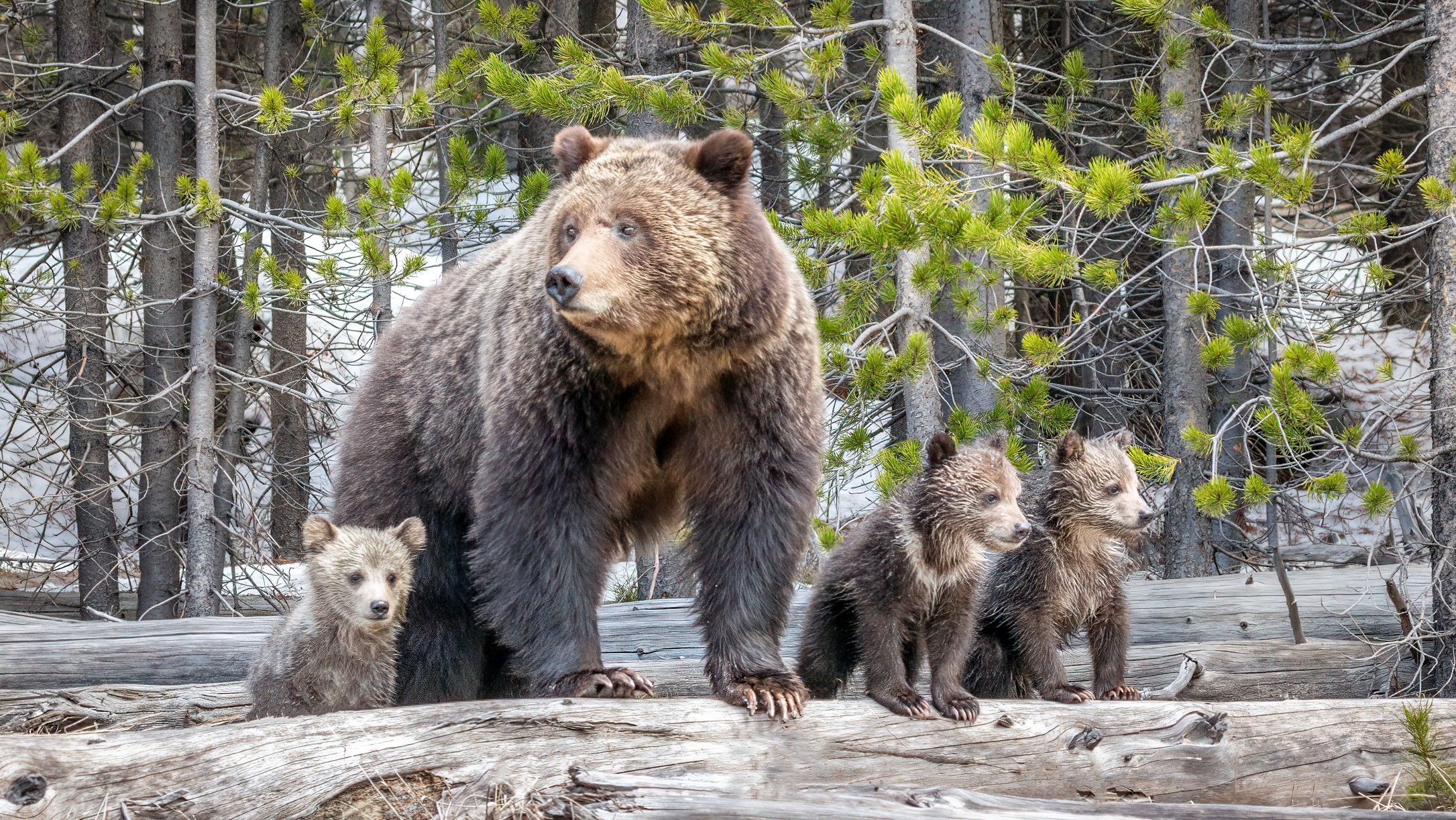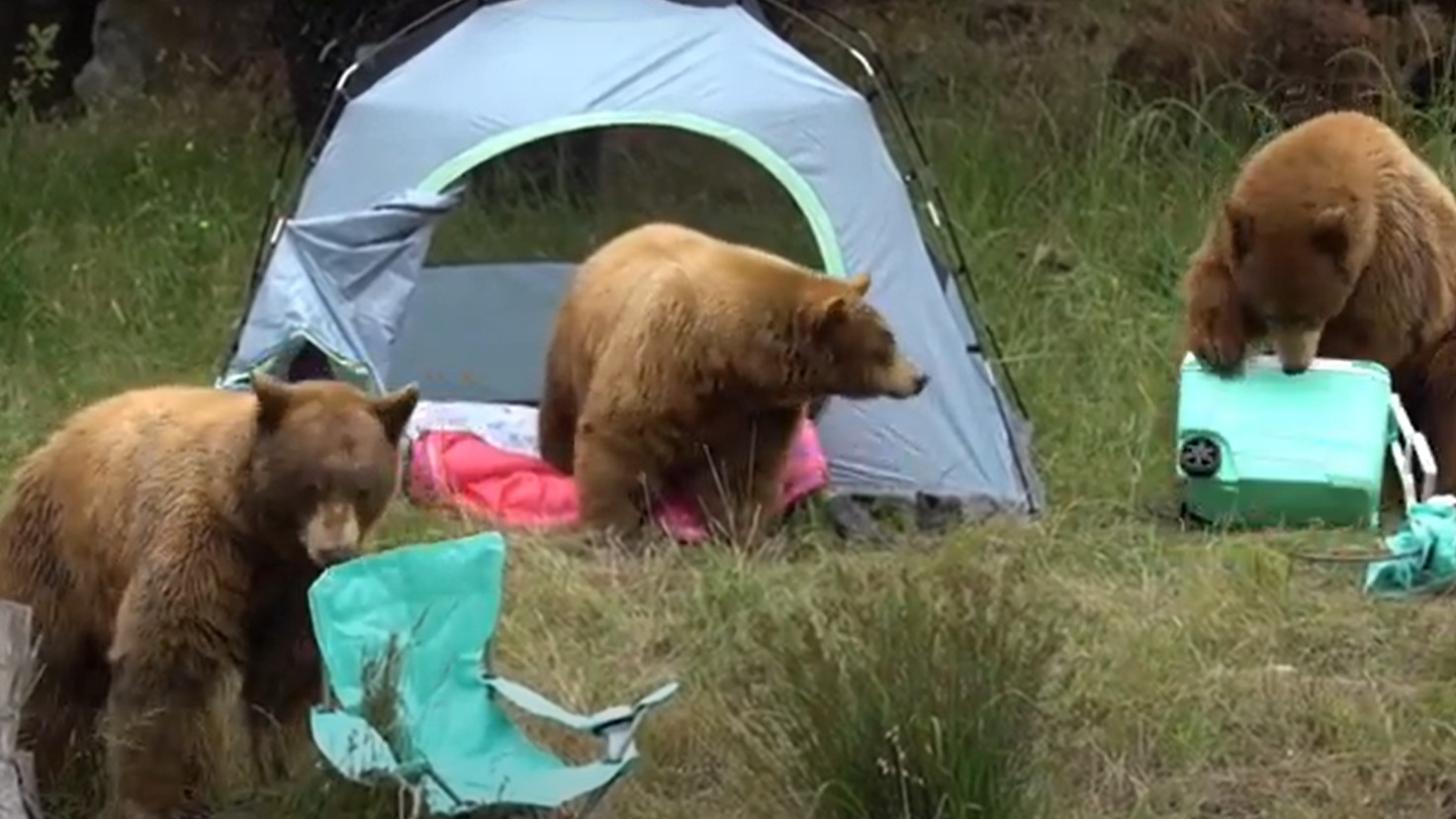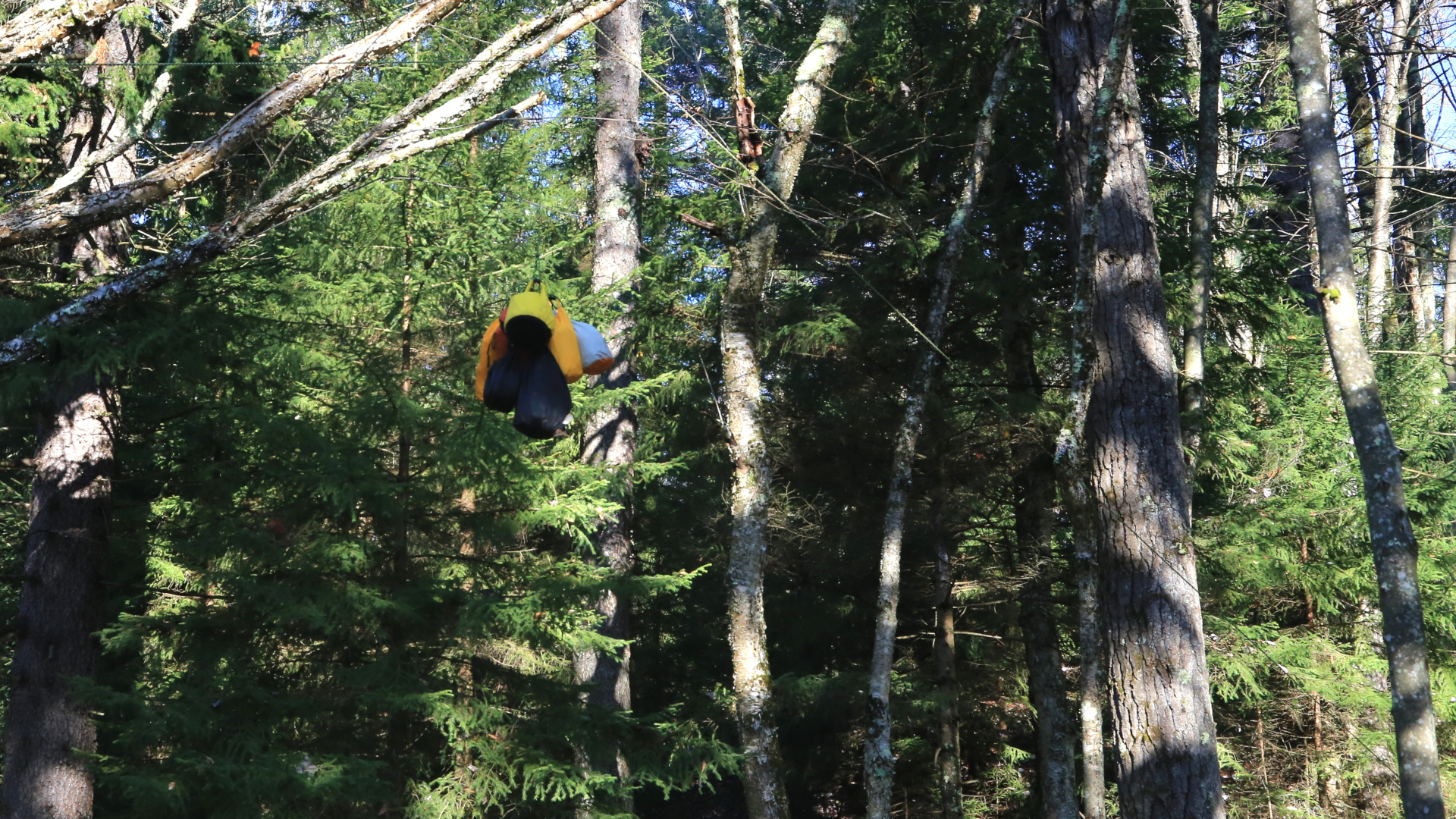
A bear sighting on a backpacking trip can be a truly memorable experience, especially when said bear is far away and moving in the opposite direction. When you’re walking, eating and sleeping in a space that you share with bears, however, you’re going to want to take some special precautions.
We’ve already written about what to do if you meet a bear on the trail, and these tips are important to understand any time you come face to face with a bear in the wild. When you’re on a backpacking trip in bear country, however, you might increase your risk of running into a bear due to extended periods outdoors and transporting food which can attract unwanted visitors to your campsite.
Before setting off on any backpacking trip into bear country, check the regulations surrounding bears for where you’re going. Some areas will require you to carry bear spray and use bear lockers, while others don’t allow bear spray and expect you to be responsible for your food. Once you’ve checked what's required of you, be sure to follow our five tips for safe backpacking in bear country.

1. Stay on the trail
Bears often use hiking trails because they’re like roads that help them move more easily through the backcountry. That doesn’t mean, however, that you’re just as free to go crashing around in their bushes. In fact, off-trail is where you’re more likely to startle a bear that’s just digging around in the bushes looking for berries, which could mean you get swiped, so avoid bushwhacking when a trail is available, and take care not to go too far off trail during bathroom breaks too.
2. Avoid dawn and dusk
You can stumble across a bear at any time of day, but they are most active at dawn and dusk. Backpacking often means you’re out on the trail for longer periods, between early starts to beat the heat and sometimes trying to get in extra mileage before you set up camp. However, if you’re in bear country, you might be better off waiting until after sunrise to get moving, and aiming to get to your campsite by late afternoon so you can get settled and avoid rounding the bend and startling a bear on the trail.

3. Make some noise
As a general rule, bears are like wolves and mountain lions in that they probably want nothing to do with you. However, black bears can charge when they are startled or feel threatened, while grizzly bears are known to attack – and kill – hikers.
One of the best things you can do on a backpacking trip is travel with others. This increases the chances of you talking and making noise, which alerts bears to your presence as you come along the trail, and encourages them to vacate the area where you set up camp. Bear bells have not been shown to be particularly effective, while bear horns are thought to only be protective against grizzlies.
If you’re backpacking solo, don’t be afraid to periodically talk to yourself, bang your trekking poles together and if you encounter a bear, shout and blow your hiking whistle.
4. Secure your food
Obviously, a big difference between backpacking and day hiking is that there’s generally a lot more food involved. You might start the day by firing up the camping stove for some trail mix-packed oatmeal and end it with a tasty freeze-dried camping meal. While you’re cooking, a bear really isn’t likely to sidle up next to you to see if you’ll share, but you should never wander off and leave your food unattended in bear country and you must pay attention to storing your food safely.
If you’ve found a developed campsite for the night, chances are there will be bear lockers provided to store your food and any smelly items like toothpaste – if so, use them. Otherwise, you should be hiking with a portable bear canister, or learn how to hang a bear bag. Place everything edible and scented into your canister or bag and store it at least 200 feet away from your campsite.

5. Have a plan B for food
Even if you’ve hung your bear bag well, it’s not impossible that you’ll wake up and discover a clever bear has succeeded in claiming your delicious supplies. First, don’t try to fight the bear to win back your food.
Second, make sure you always have a plan for what to do if you find yourself out of food on the trail. If you’re heading back to the trailhead that day, it’s not a huge issue, and remember the human body can go weeks without food as long as it has enough water, but obviously that’s not ideal. If there are other hikers on the trail, ask them to help you out and if there aren’t, it’s a good idea to know a little about foraging for edible plants.
This is where knowing how to read a map can come in really handy, as you may be able to find a nearby town you can divert to in order to resupply.






